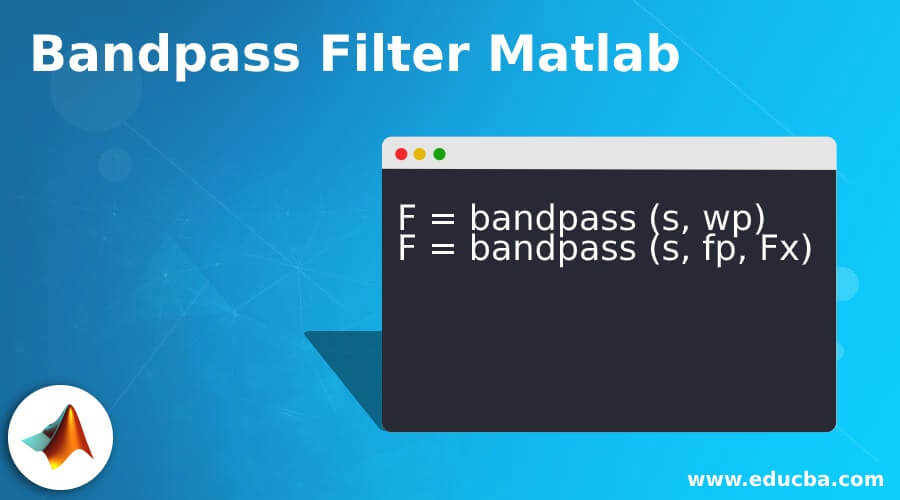


Rounding &/or truncating numbers during signal processing naturally yields to quantization error or ‘noise’.

They yield much greater precision than fixed-point processing and are ideally suited for computationally intensive applications or when computational accuracy is a critical requirement.Įach time a DSP generates a new number via a mathematical calculation that number must be rounded to the nearest value that can be then stored. In floating point, the placement of the decimal point can float relative to the significant digits of the number.įloating point processors can support a much wider dynamic range of values than fixed point with the ability to represent very small numbers and very large numbers. In Fixed point the numbers are represented with a fixed number of digits after and sometimes before the decimal point.įloating point DSPs, on the other hand, represent and manipulate rational numbers via a minimum of 32-bits where the number is represented with a mantissa and an exponent yielding up to 2^32 bit patterns. Floating point precisionįixed point DSPs are designed to represent and manipulate integers, positive and negative whole numbers typically via minimum of 16-bits yielding up to 2^16 possible bit patterns.


 0 kommentar(er)
0 kommentar(er)
